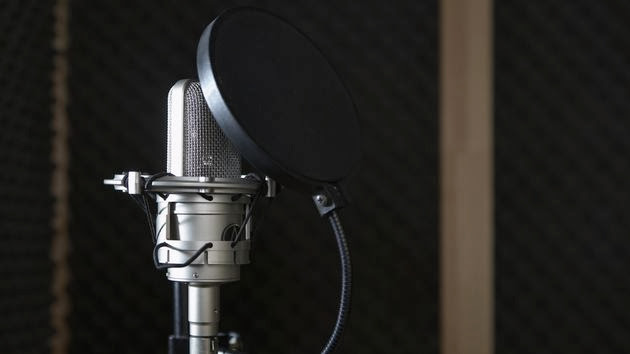
Vocal processing tips - Audio recording and editing tips
Unknown4:48 AM0 Comment
Voice Processing Voice acting, singing vocals, narration… just about any flavor of recorded human voice can benefit from signal processing. I’ve developed some typical...
+10 Best Microphone Placement Techniques for Acoustic Guitar
Unknown10:26 PM0 Comment
10 Best Microphone Placement Techniques for Acoustic GuitarMicrophone placement is the foundation for any solid recording. Placement is usually dictated by musical genre but...
+
Save 25% on your Ableton Live 9 upgrade. Extended until Sept. 8th
Unknown3:52 AM0 Comment
Save 25% on your Ableton Live 9 upgrade. Extended until Sept. 8th Extended until Sept. 8th Save 25% on your Live 9 upgrade....
+FL Studio (FruityLoops) OS X Beta | What's New?
Unknown2:29 AM0 Comment
This is some good news for all the Frooty Loops Studio lovers who have enjoyed over many years on windows now have the...
+
Subscribe to:
Posts (Atom)



















